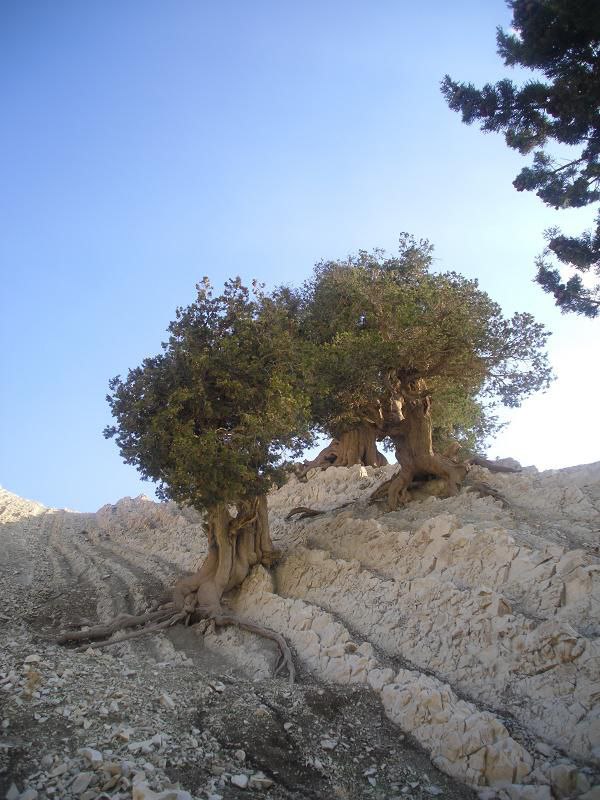Ilam province in the East part of Kurdistan is located in the heart of the Central Zagros Mountains and due to this characteristic, most of the special and strange plant species have grown in this region of Kurdistan. Naturalists believe that about 1000 species of plants and about 150 species of trees grow in Ilam province, which is unique in terms of rare natural resources in Kurdistan and an important scientific feature. Many experts believe that about 80 percent of Iran's plant species are found in the Ilam province, and this makes this province of Kurdistan unique.

One such plant is the Sawl (cypress); there are a number of Sawl trees in the Ilam province known as the “Historical Ban Sawl Forest”. Located 60 kilometers northwest of Ilam city and in the heart of the mountains belonging to the town of Chawar, there is a special village called Ban Sawl, which is the site of a historical Sawl forest. A forest with 22 historic Sawl trees known as Mediterranean cypress.
According to research by naturalists from Tehran University and the Iranian Forestry Institute, the history and age of these 22 trees goes back to 2,200 to 3,300 years ago. In 2011, the Iranian Cultural Heritage Institute registered these trees as a natural and national heritage in Iran due to their longevity and unique shape.

The name of the village of Ban Sawl is derived from this Sawl forest. Ban Sawl means a roof or a plain where Sawl grows. This village is well known for this Saulstan; Chawar town is bordered by Ayvan town from north to east, Gialan town from Kermashan province from northwest, Iraq from the southwest, Mehran town from the south, and Ilam city from the southeast.
The Ban Sawl Historical-Natural area contains 22 tall Sawl trees located on a hill above the village. This region is 50 meters high in the south and 70 meters in the west. The height of the Sawls is between 15 and 25 meters and the roots are up to 25 meters; that is, with their roots, these trees are about 50 meters long underground and above ground, and this feature is of course very rare in Kurdistan; the thickness of the trees can reach 7.5 meters.

Some of the trees in the forest have been burned and cut down, indicating that this natural heritage is being neglected by the state. Due to floods and rains in recent years, the soil of this forest has become weak and washed away, and the roots of the trees have been revealed. In recent years, several trees have dried up in the forest.
No artificial remains such as pots and pottery have been found around or inside this forest. This Sawl forest is located on one of the main historical migration routes of this region, which is called “Khelare”. Khelare connects the mountains of this region with the western regions of the Central Zagros. The presence of the thousand-year-old trees on this road shows that this area was one of the most important regions in the Middle East and the Zagros.

In addition to these Sawl trees, there are some old olive trees in Ban Sawl, which proves the natural characteristics of this area. There are about 10 special plant species in Ilam province that have scientific and genetic value and are unique to Ilam and do not exist in other parts of Iran, such as Sawl trees, Arkhavan, Sumac, wild pear, wild almond, etc. Ilam province, especially the Ban Sawl Sawl forest, is one of the most special natural, historical, and tourist places in Kurdistan.









